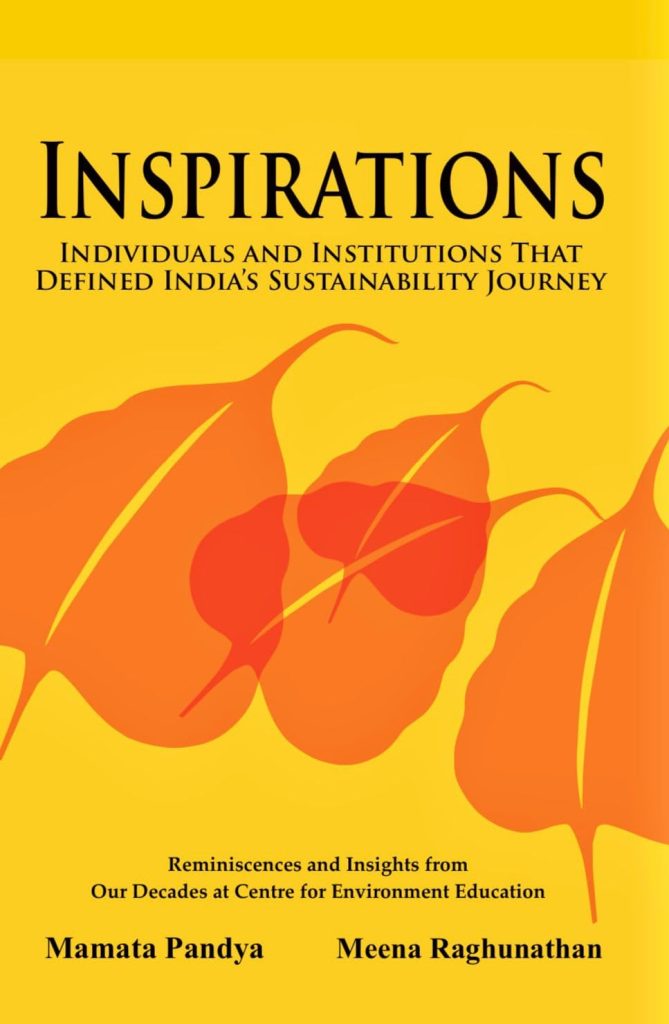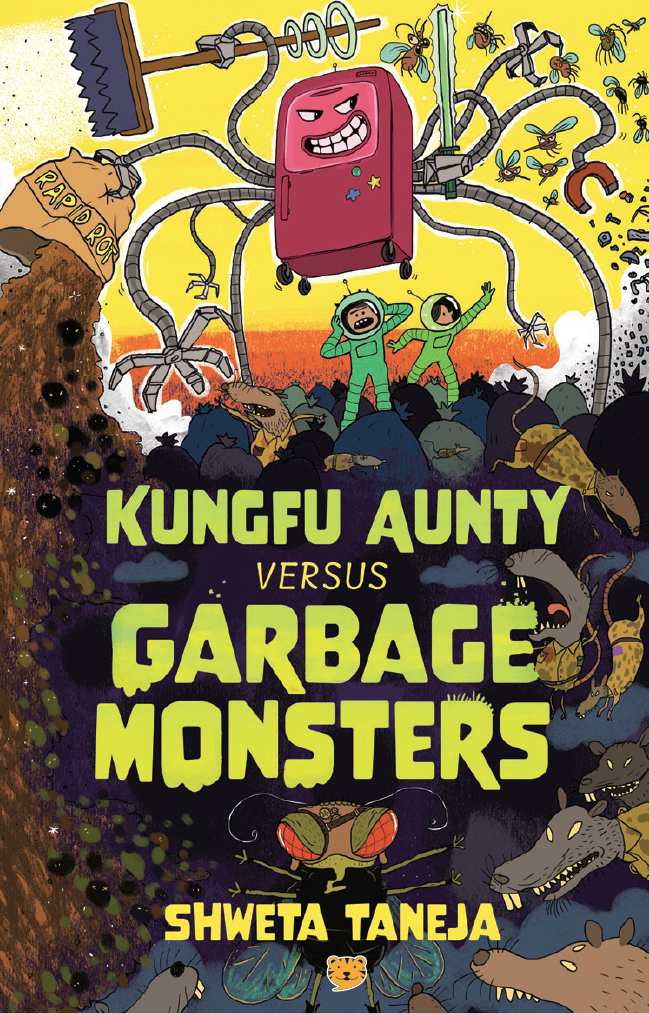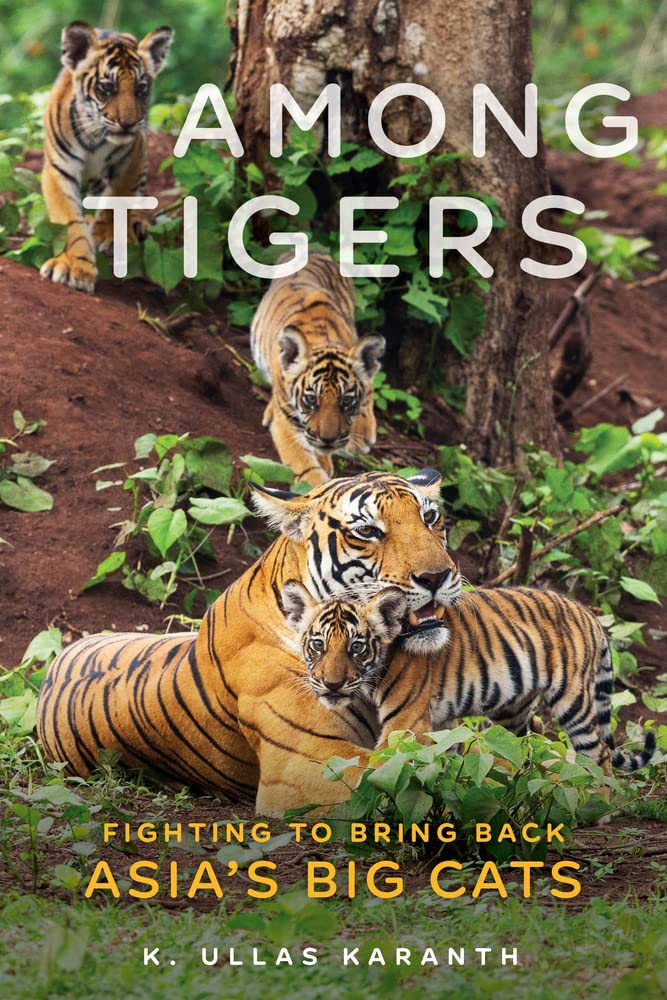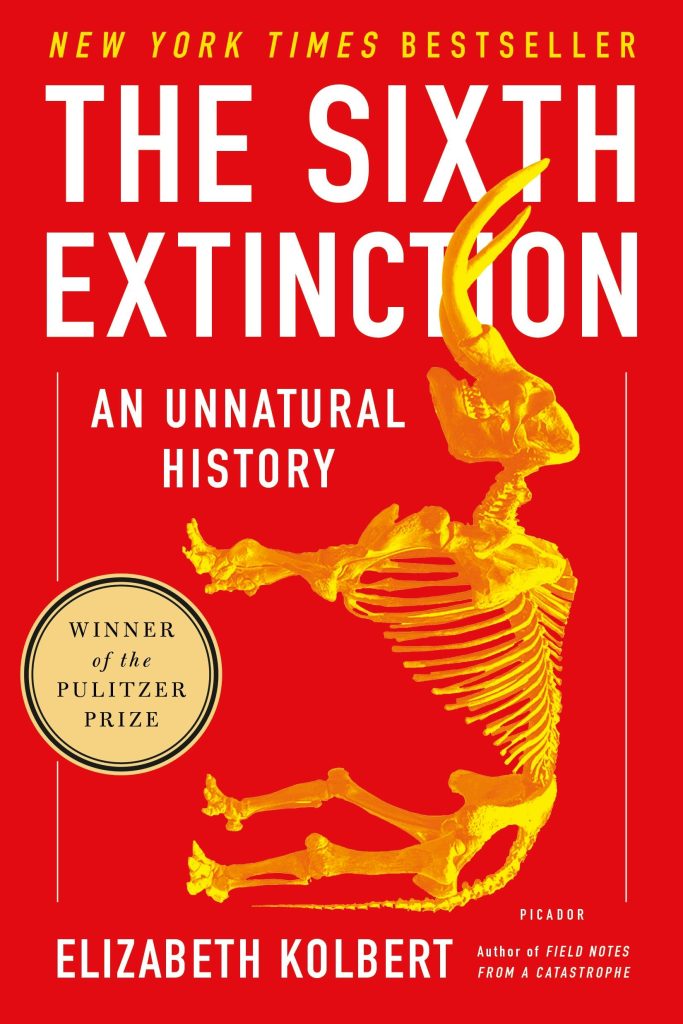Of what was once the Asian elephant’s landscape, extending from Syria all the way up to China, India, and Pakistan, only few isolated pockets now remain in South and Southeast Asia. Among them the trans-Patkai region of Asia still offers an unfragmented stretch of forests for this migratory species, which by the end of this century is estimated to succumb to the sixth mass extinction. Jacob Shell’s book, Giants of the Monsoon Forest: Living and Working with Elephants, walks us through an ethnographic and historical work life situated in this region of the Indo-Burmese border across the crescent of the Patkai Hills, even as the regions of central Myanmar, and Vietnam fall within its scope. Shell narrates an intimate account of a unique working relationship between humans and elephants in this region, in the pressing context of habitation loss that looms large over the future of the species.
The narrative summons attention to the specific nature of this geography. It is untraceable through satellite imaging due to canopy and monsoon clouds, and unreachable through roads or vehicles due to dense forests, torrential rivers and thick monsoons. This attentiveness is critical to gauge the inseparable relationship between the place, people and the elephants. The forest-based economies of the communities inhabiting the region are deeply dependent on the elephants for all kinds of movement. The only way to navigate these regions is via the elephant trails and their dexterity to move through the forests. The author tells us that this dependency is mutual. It is not just the people who need the elephants. The forest-based economy in the present times is what keeps the forest cover intact, without which the lands will fall prey to agricultural expansion. At the heart of the book is the argument that surviving in this harsh environment has led to a historically developed working relationship between the people and Asian elephants.
In this relationship, the elephants live a life of semi-captivity; they work by day and are set free at night. In contemporary times, with a ban on timber logging, the inevitability of settled farming, and large scale deforestation, perhaps the only way to secure the future of the species is through holding on to this cultural practice of working with elephants. The book suggests that instead of colonizing this geography through calamitous infrastructure-building projects or expanding agriculture, the states of these regions could incorporate the elephants into forest-based economy, such as transportation and rescue operations, which could be a workable way to secure forest cover, livelihoods and the lives of elephants.
Despite the moral contradictions of the relationship between humans and elephants, these are somewhat lesser obstacles, the author argues, when the larger issue is that of securing the habitat of a species in the throes of extinction. Moreover, the presence of the semi-domesticated elephant ensures the forest cover remains intact. This in turn protects against the fragmentation of migratory routes of wild herds. It also improves the scope of inter-breeding, thereby maintaining the overall health of the species.
The backbone of the book is an animated narrative which effortlessly tethers ethnography to folklore, behavioural sciences and history. This fleshes out lively, tense and thought provoking encounters and anecdotes about what constitutes this co-working relationship between the people from various tribes of the region and the elephants. Both share complicated and deep histories of migration from the plains to the hills. This complex relationship has room to recognize the needs of the elephants.
An important part of semi-domesticated life of the elephants is the fetters tied between their forelegs, so that they can freely walk in the forests at night but not run. They are strong, yet deliberately not as strong so as to be conducive to breaking, if an elephant’s urge to leave to join a herd is extreme. These ‘breakable chains’; a safety valve to balance the needs of the humans and their elephants becomes a metaphor for the reader to understand the complicated relationship between the elephants, their mahouts (handlers) and fandis (catchers). The reader however, is also made aware of the fact that this relationship is as much one of cruelty as it is of care and love, right from the process of elephant catching, disciplining and the burden of overworking.
A journey along this relationship is nonetheless an invitation to critique, that which is the corner-stone of humanity’s moral claim to supremacy – the hierarchies that distinguish humans and nonhuman lives. Such critique lies at the heart of ethno-elephantology, an interdisciplinary approach that responds to the urgency of rethinking issues of human-elephant co-living. Jacob Schell’s work ascertains that many exceptional abilities we have learnt to associate specifically to humans – a complex social world, the ability to think and act creatively, and lead a sentient life – are in fact not unique to humans but shared across life forms; in this case, by elephants. The book persuasively depicts their kinaesthetic intelligence, perceptual abilities and unique geographical cognition, something which people who live in close proximity with them recognise (recognition takes many forms including stories, songs and animistic beliefs), and on which they depend to thrive in this ecology. The author goes to the extent of arguing that given the innovation, creativity and ability to develop solutions in emergency situations that the elephants demonstrate in their work (in logging, transportation or rescue operations to save people stranded in floods).
One can ask to what effect the work performed are actually methods and manoeuvres innovated solely by the mahouts? The case for the insightfulness of the elephants is made by depicting their methods of resistance to work, or ways in which they don’t just obey, but rather rely on their ability to assess. If the initial step towards a critique of a world deeply entrenched in hierarchical relations is to recognise the myriad life — worlds of other beings, across similarities and differences, then this book enables us to cultivate such a recognition, through the many moments of wonderment it offers.

This unique working relationship between mahout and elephant, built on ambiguities, complexities and profoundness is after all, a coming together of two perceptual worlds. This is something the book compels one to recognise. It is movingly explored as the author retraces the historical events of the Burmese exodus to India during the Second World War, through the key role played by elephants in the process of migration. One realizes how the historical episode would have unfolded rather differently, without the exhaustive collaborative labour between elephants and their mahouts — transporting and rescuing people and their belongings across difficult topography, dangerously steep mountains, torrential rivers and jungle paths where the monsoon wipes away all familiar routes. The book, by including several other such accounts of historical events, including the Ho Chi Minh Trails, the Kha Resistance and United States-Vietnam war, insists on revisiting the histories of the region through the indispensable presence of elephants, both as subjects and victims. This is done in a way that both nourishes an understanding of the past and offers a blueprint for the future.
If one begins reading the book with an expectation of an isolated account of animal-human companionship, halfway through the book, they will realise that such relationships are incomprehensible in isolation. Through a detailed discussion of both the spatial and social organization built around working with elephants, and a study of the regions controlled by the Kachin Independence Army — the only bureaucratic administration in the world that is elephant-run — the author leaves the readers with two important thoughts. First, that an account of a human-animal relationship, is not supplementary to, but intrinsic to the complex political-economic fabric of the region, and any attempt at understanding a place, its culture and politics thrive in relations of co-dependencies. Second, he urges for these models of co-working as an effective solution for states in South and South-East Asia to incorporate.
However, several aspects of the deeply engaging text lend themselves to further probing. First, the elephants’ existence in a state of semi-captivity, the book argues, may help in their continual existence and preservation of their habitat as opposed to more critical situations. It also ensures the continuation of the rich cultural knowledge about elephants. However, to make an argument for semi-captivity into one about the survival of the species seems fraught with generalizations. This becomes clearer when one looks at studies conducted to understand the entangled lives of free-roaming elephants and people. One could turn to Ursüla Munster’s work which looks at conflict and negotiations between humans and elephants in Wayanad district of southern India. Her work offers possibilities of thinking about shared spaces between humans and elephants (in a situation of conflict and coexistence) by engaging in ways of knowing and understanding the elephant’s perceptual world. She, like Niclas Klixbüll, who works on human-elephant relationships in Sri Lanka, emphasizes the importance of practical knowledge in mediating co-living. Such practical knowledge recognizes elephants as socially intelligent, intentional animals, whose lives alongside humans have been impacted by ecological disruptions. Studies offer alternative arguments emphasizing captivity as the only possible course towards thinking about co-existence and in turn, the future of elephants.
Second, the book offers a perspective that this co-working could also be read as a conscious decision on the part of the elephants to survive the changing landscape. Towards this, it interestingly points to the subjective capacity of elephants as negotiators of their social environment. However, one is also moved to ask, when the proportions of ecological ramifications we face today are those of earthly survival, can it be ironed out through solutions of accommodating elephants as co-workers within the existing economic infrastructure? Proving that the infallibility of the changing landscape, the assumptions of landscape as a colony of humans, forests as a resource, or animals as labour for economy, are premises that beckon discomfort to think about survival in a shared world. Given forest-based economies don’t operate in isolation; they are linked to larger commercial nexuses built around resource extraction, mining being the primary.
Lastly, can an ethical implication of recognizing personhood in another species and a shared world seem to co-exist with a language of the ‘guardianship of human keepers’, as the text tends to imply, despite its recognition of the subjectivities of elephants? These are some larger contradictions this otherwise deeply immersive book leaves one to think about.






